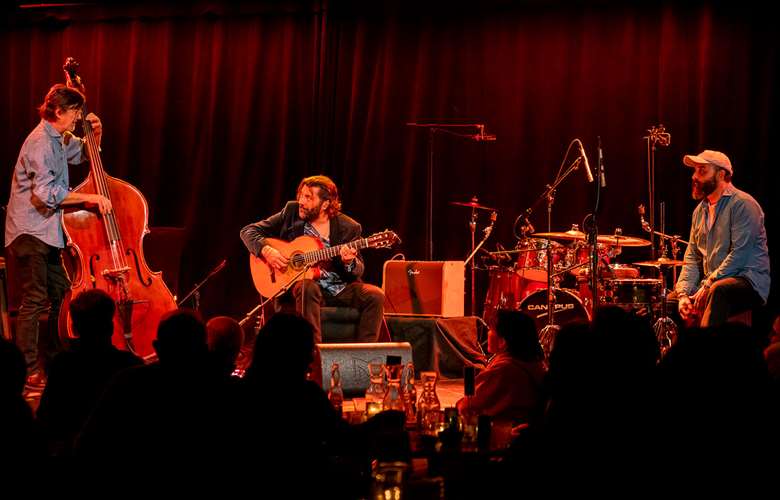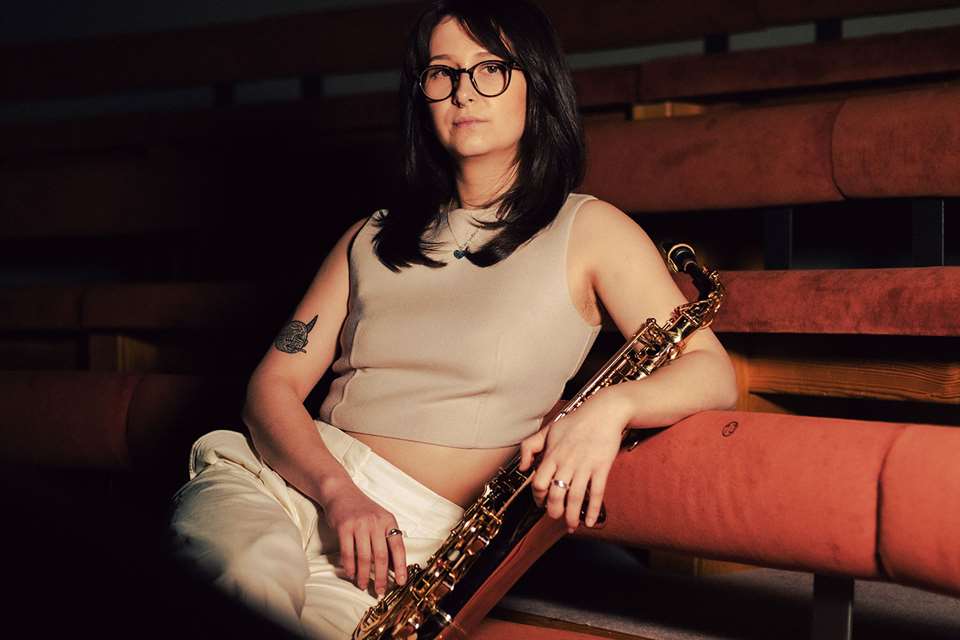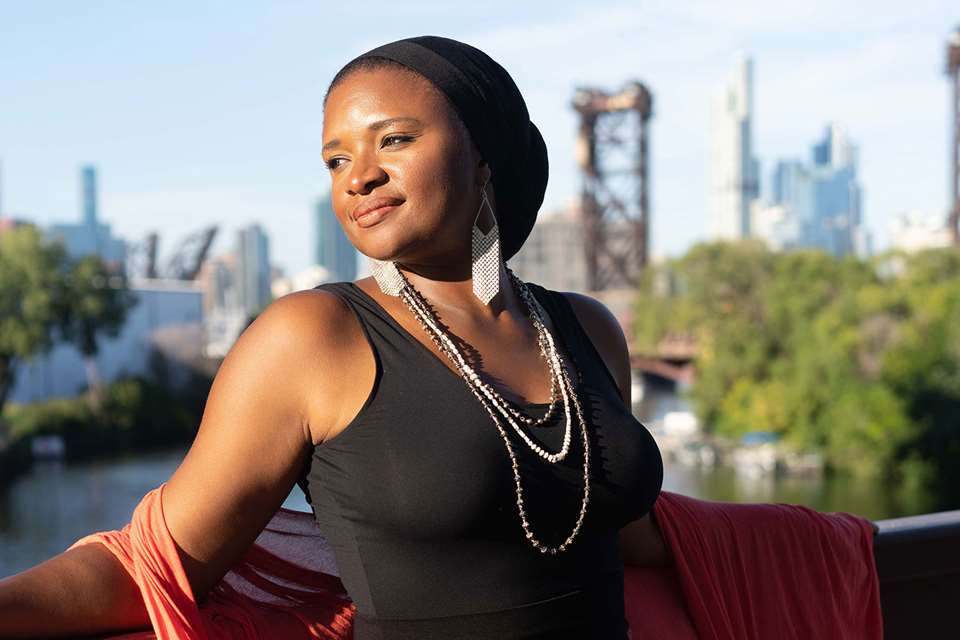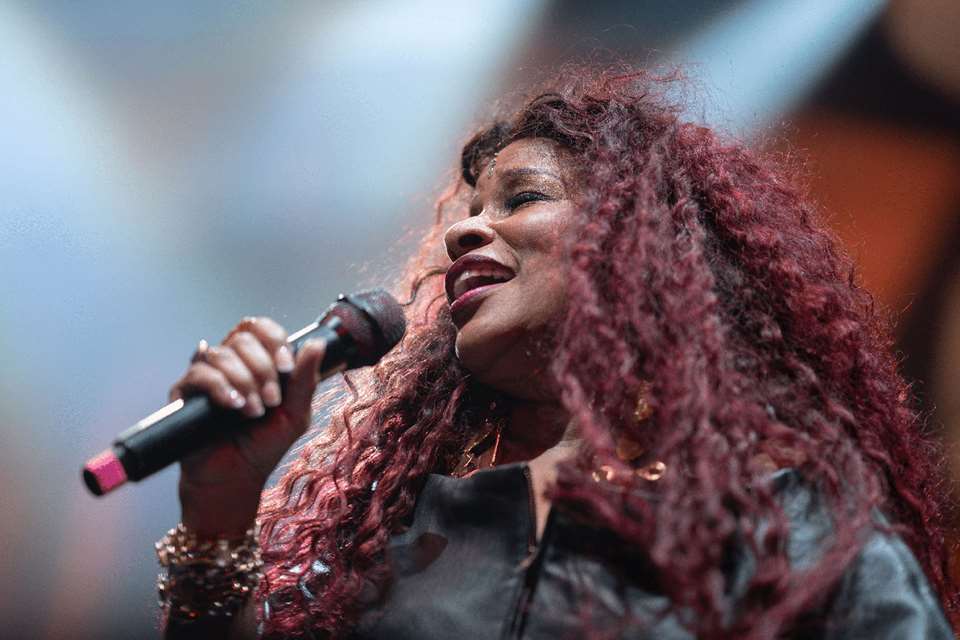Paco de Lucía’s legacy celebrated at 23rd Annual Flamenco Festival New York
Andrey Henkin
Monday, February 26, 2024
Andrey Henkin witnesses a contrasting night of styles from the late great guitarist’s contemporaries that mixed modern and traditional Flamenco sounds


Register now to continue reading

Thank you for visiting Jazzwise.co.uk. Sign up for a free account today to enjoy the following benefits:
- Free access to 3 subscriber-only articles per month
- Unlimited access to our news, live reviews and artist pages
- Free email newsletter


